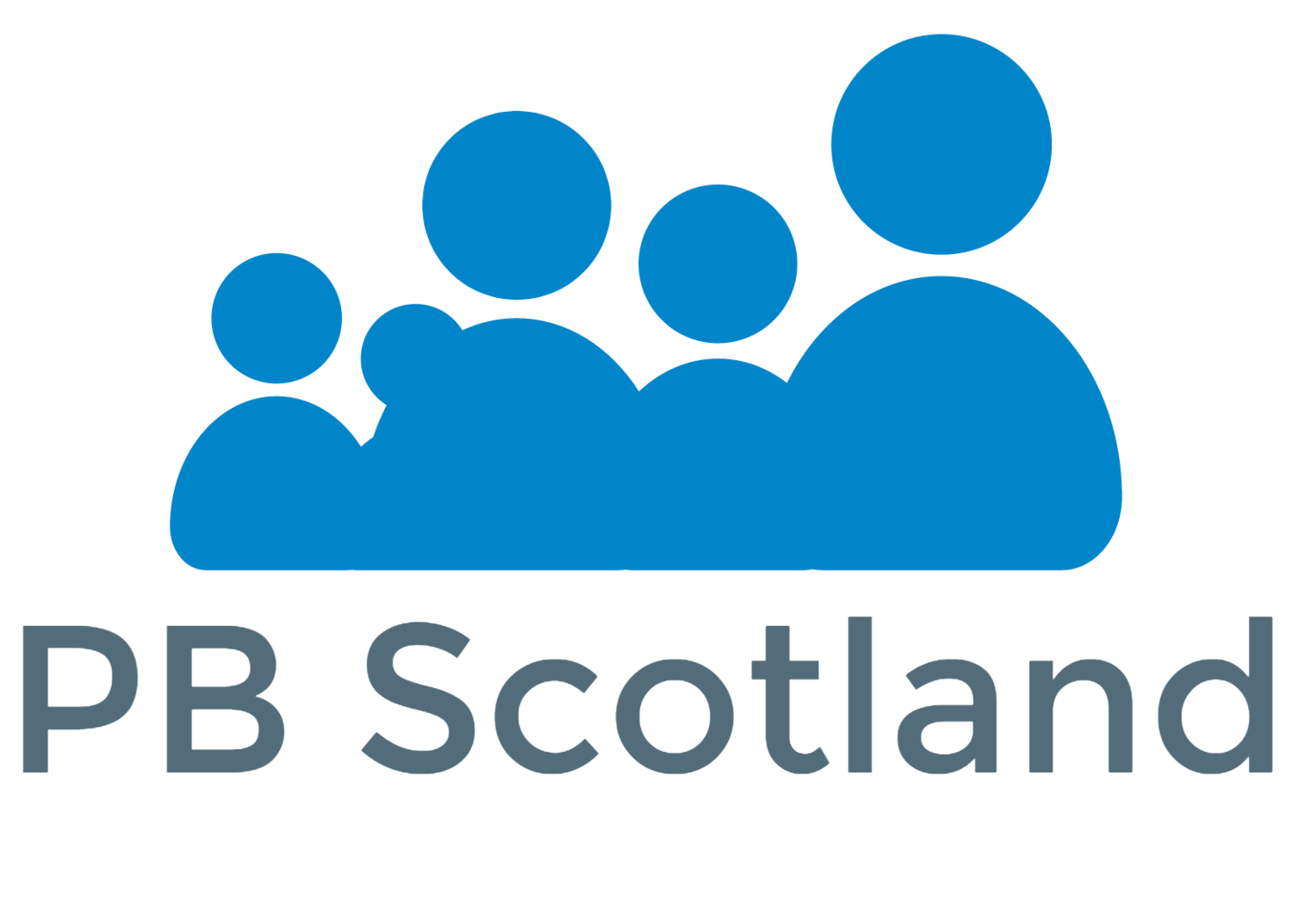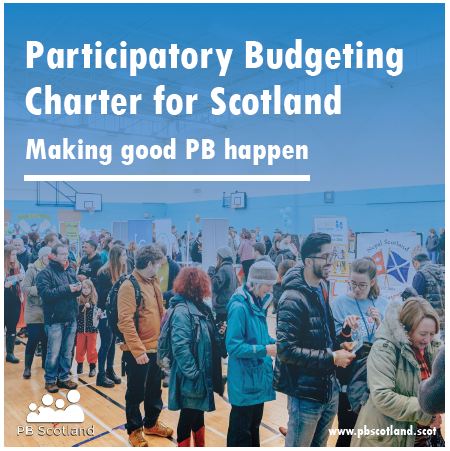PB from Scottish schools highlighted in Pupil Equity Fund Report
/A Pupil Equity Fund report has detailed how participatory budgeting (PB) has been used in schools to support wider democratic involvement of children and young people.
The Pupil Equity Funding is allocated directly to schools and targeted at closing the poverty related attainment gap.
Published by Education Scotland, the report highlights how PB is being developed by councils, with "the majority of local authorities who mentioned participatory budgeting in relation to PEF [feeling it] was an area they wanted to develop further."
However there were some clear examples of PB being used in schools:
"In both Renfrewshire and North Lanarkshire a group of schools is involved in a pilot project to explore the use of participatory budgeting as a means of parents and pupils shaping how PEF is used."
The report highlights how South Lanarkshire is using PB in relation to its PEF funding:
"In South Lanarkshire staff across all sectors have found the effective practice relating to participatory budgeting shared on their internal PEF Teams page a helpful resource. All schools in South Lanarkshire have allocated a minimum of 5% of their 2021/2022 PEF allocation to participatory budgeting and each school has a participatory budgeting stakeholder group comprising of pupils, parents and staff. Professional learning sessions have supported schools in developing their practice in this area. In West Lothian there is a commitment that every school places 3% of their PEF allocation to participatory budgeting."
The report detailed an example from West Lothian:
"Our Lady of Lourdes Primary School in West Lothian allocate 3% of PEF to participatory budgeting and engage with pupils, parents and staff as to what this should be used for. The current support is for uniform and they are also planning to have a food larder outside which will be accessible by all families, no questions asked."
At Tynecastle High Schools in Edinburgh students led on a digital approach to PB:
"The steering group was then tasked with establishing a voting process. There was a collective decision to allow students to vote on every option that was available through a ranking system. Money would be funded to the first choice, then second, etc until no funding remained. Due to Tynecastle High School’s status as an Apple distinguished school and centre for digital learning excellence, the steering group decided to allow all students in S3-S6 to vote online via survey monkey on their iPads during tutor time, with S1-2 pupils voting on paper ballots. This decision allowed for a very quick voting process and easy collection of results and data. All paper ballots were collected and added to the online results.
Once all the results were in, the school decided to announce the results via tutor time simultaneously to year groups, and the SLT ran a showcase event to highlight the work and celebrate the sharing of the results with the school community, media, and local government officials."
You can read the full section on PB starting on page 29 here.






